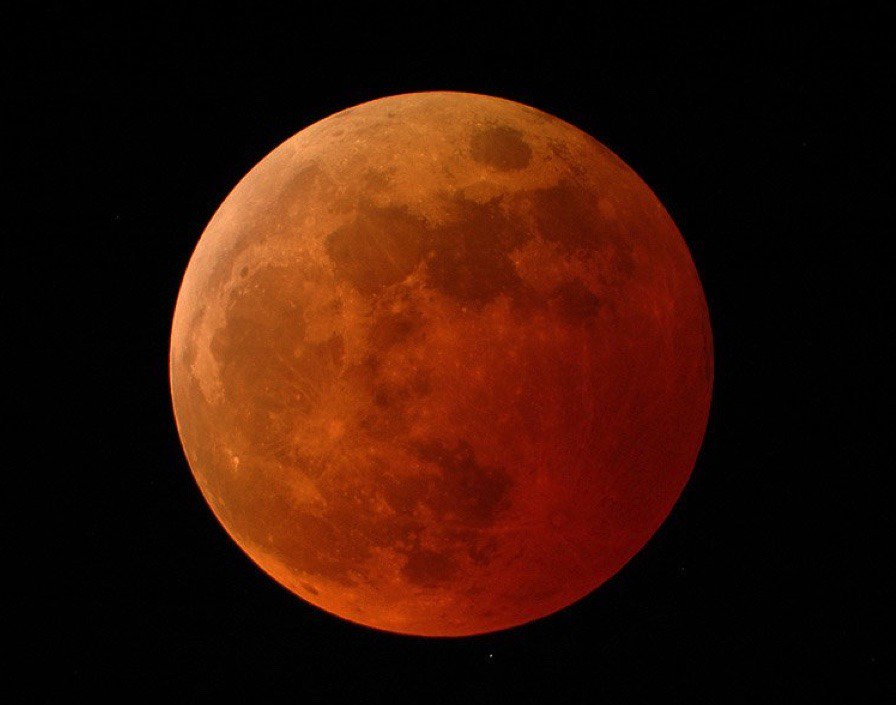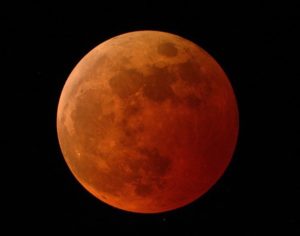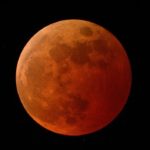
What Does a Super Blue Blood Moon Even Mean?
Skywatchers are in for a rare occurrence.
After 166 years, a lunar event called a “Super Blue Blood Moon,” will take place early Wednesday morning.
But what does that even mean?
According to Geoff Chester, public affairs officer at the United States Naval Observatory, a blue moon is the second full moon in a calendar month. The first full moon occurred Jan. 1.
“Generally blue moons occur about every two years,” he said.
Happening simultaneously with the blue moon is a total lunar eclipse. According to NASA, a total lunar eclipse happens when the whole moon enters the Earth’s shadow. Some sunlight reaches the moon but the light goes through the Earth’s atmosphere so it filters out most of the sun’s blue light making the moon appear red. A blood moon describes a total lunar eclipse.
There’s one more catch to the name “Super Blue Blood Moon.”
A super moon is a full moon that occurs when the moon’s orbit is closest to Earth. This makes the moon appear larger and brighter than usual.
In the Washington, D.C., area, residents won’t see as much as those on the West Coast Wednesday morning.
“People will begin to see parts of the eclipse just before the moon sets in the west early Wednesday morning,” Chester said. “Be up by 6:30 in the morning and look for the moon low in the western sky.”
And if you miss Wednesday’s super blue blood moon, Chester said you only have to wait 19 years, Jan. 31, 2037, to catch the next one.
Will you be able to see the #SuperBlueBloodMoon in your area? Check out this map to find out! For the continental U.S., viewing will be best on the West Coast. Get the details: https://t.co/ooerjToxKR
Not great viewing in your area? Watch our livestream https://t.co/6wIIyicomc pic.twitter.com/scD4UzkVkf— NASA (@NASA) January 30, 2018
Related post:



Engage us on Facebook
Follow us on Twitter
Tweets by @mymcmedia